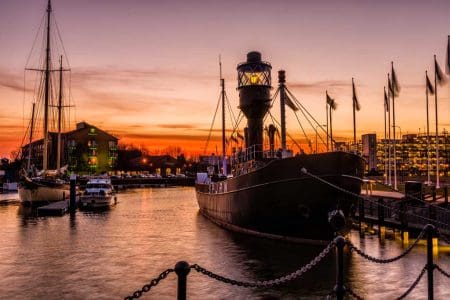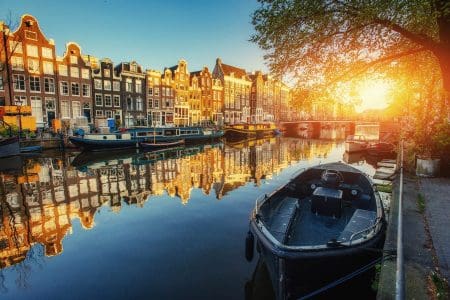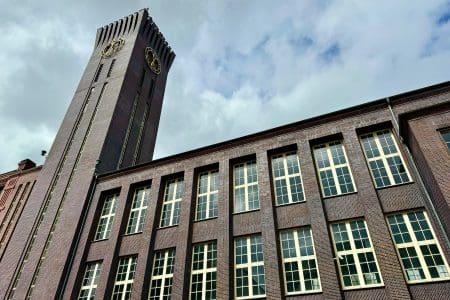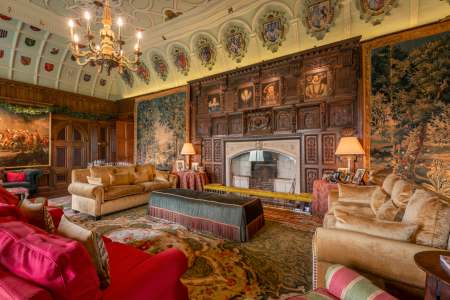Explore the Birthplace of the Renaissance and Uncover Its Rich Artistic and Cultural Heritage
Florence, the capital of Tuscany and the cradle of the Renaissance, has long been a magnet for art lovers, history buffs, and travelers alike. With its narrow cobbled streets, world-famous museums, and iconic architectural marvels, Florence offers a fascinating glimpse into the Renaissance era that shaped European culture and history. But to truly appreciate this city’s unparalleled artistic and cultural heritage, one must dive deep into its storied past. So, if you’re planning to secure your Italy visa, don’t forget to add Florence to your must-visit list.
The Emergence of Florence as a Cultural Hub
During the 14th to 17th centuries, Florence was a thriving center of trade, finance, and culture. At the heart of this thriving city was the powerful and influential Medici family, who played a pivotal role in shaping Florence’s artistic and cultural landscape. As patrons of the arts, the Medici family supported a plethora of artists, writers, and scholars, including the likes of Leonardo da Vinci, Michelangelo, and Galileo Galilei. Their patronage, coupled with the city’s burgeoning wealth, made Florence the epicenter of the Renaissance movement.
Architecture – A Testament to Florence’s Rich History
The architectural wonders of Florence stand as a testimony to the city’s glorious past. A stroll through the historic center will reveal an array of buildings that showcase the evolution of architectural styles, from Romanesque to Gothic and from Renaissance to Baroque.
The Duomo:
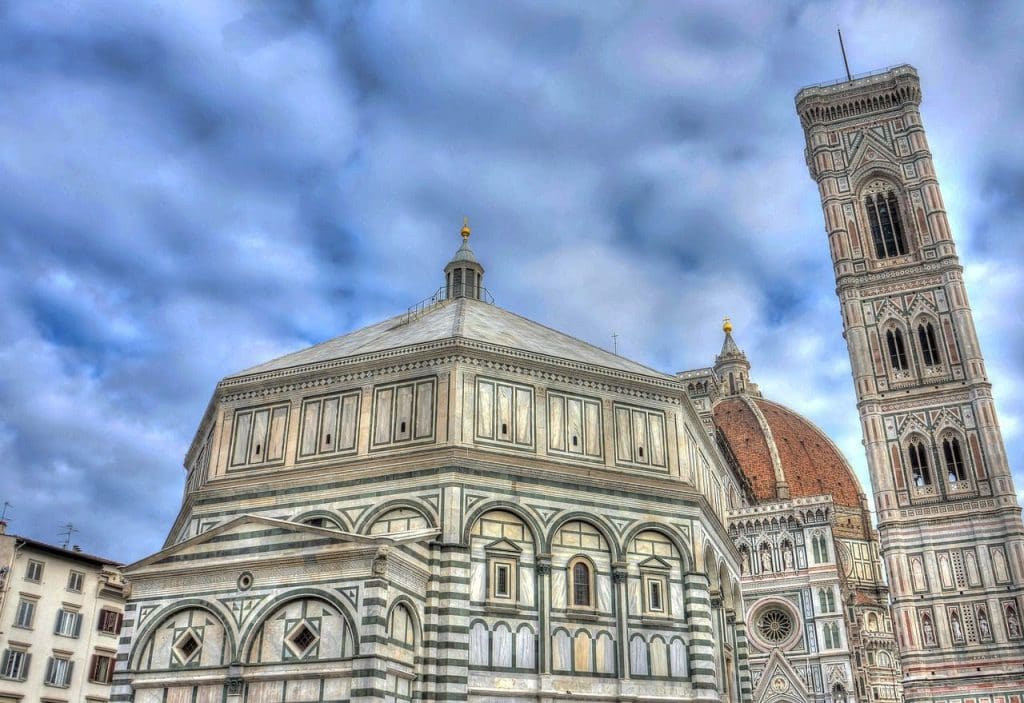
Florence’s iconic cathedral, Santa Maria del Fiore, or the Duomo, is an architectural masterpiece featuring a stunning dome engineered by Filippo Brunelleschi. The cathedral’s intricate facade and the neighboring Giotto’s Campanile are exquisite examples of Gothic architecture.
The Palazzo Vecchio:
This fortress-like palace, which served as the seat of power for the city’s rulers, is a prime example of medieval architecture. The Palazzo Vecchio houses a rich collection of Renaissance art and offers panoramic views of the city from its tower.
The Ponte Vecchio:
Florence’s oldest bridge, the Ponte Vecchio, is a symbol of the city’s resilience. With its medieval stone arches and rows of colorful shops, the Ponte Vecchio is a must-visit landmark that offers a unique blend of history and commerce.
Art – A Journey Through the Golden Age of the Renaissance
Florence is home to some of the world’s most famous art collections, housed in museums and galleries that showcase the masterpieces of the Renaissance. Here are some of the must-visit institutions for art enthusiasts:
The Uffizi Gallery:
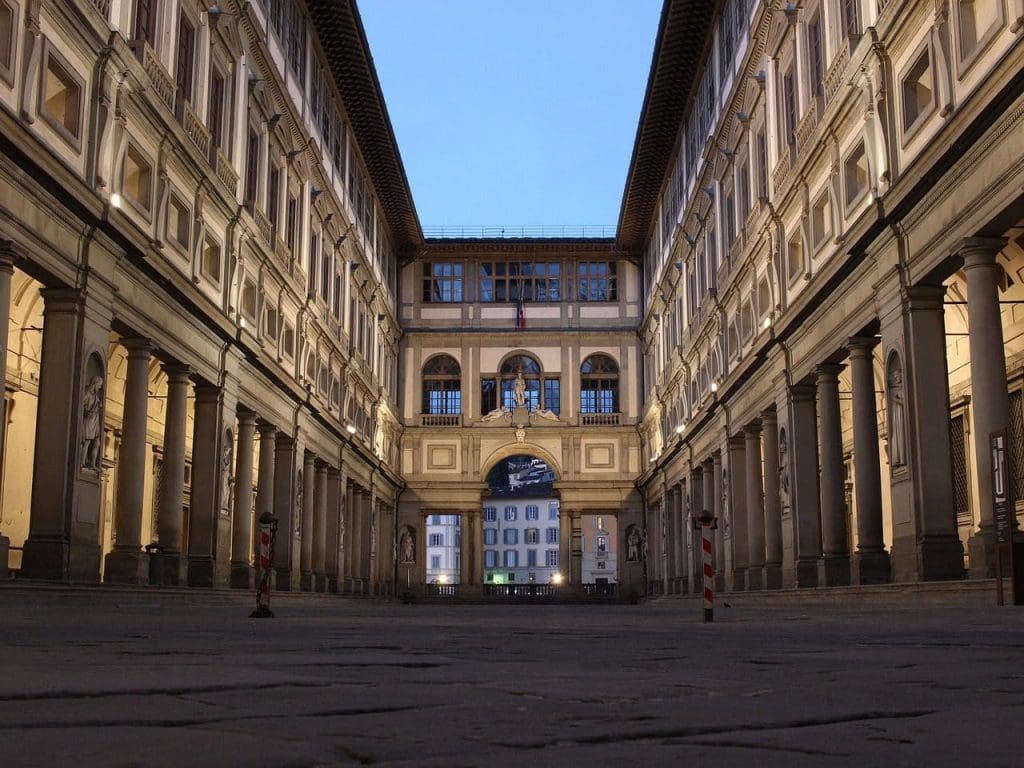
Housing an extensive collection of Renaissance art, the Uffizi Gallery is a treasure trove of masterpieces by the likes of Botticelli, Michelangelo, and Caravaggio. The gallery’s most famous work, Botticelli’s “The Birth of Venus,” is a prime example of the early Renaissance style.
The Accademia Gallery:
Home to Michelangelo’s iconic statue of David, the Accademia Gallery is a must-visit destination for anyone interested in Renaissance sculpture. The gallery also features an impressive collection of paintings by artists such as Paolo Uccello and Domenico Ghirlandaio.
The Bargello Museum:
This museum, housed in a former prison, showcases an extensive collection of Renaissance sculptures, including works by Donatello, Michelangelo, and Cellini. The museum’s highlight is Donatello’s bronze sculpture of David, the first freestanding nude male statue since ancient times.
The Impact of the Renaissance on Literature and Philosophy
The Renaissance period in Florence also witnessed an intellectual revival that gave rise to groundbreaking ideas in literature, philosophy, and science.
Dante Alighieri:
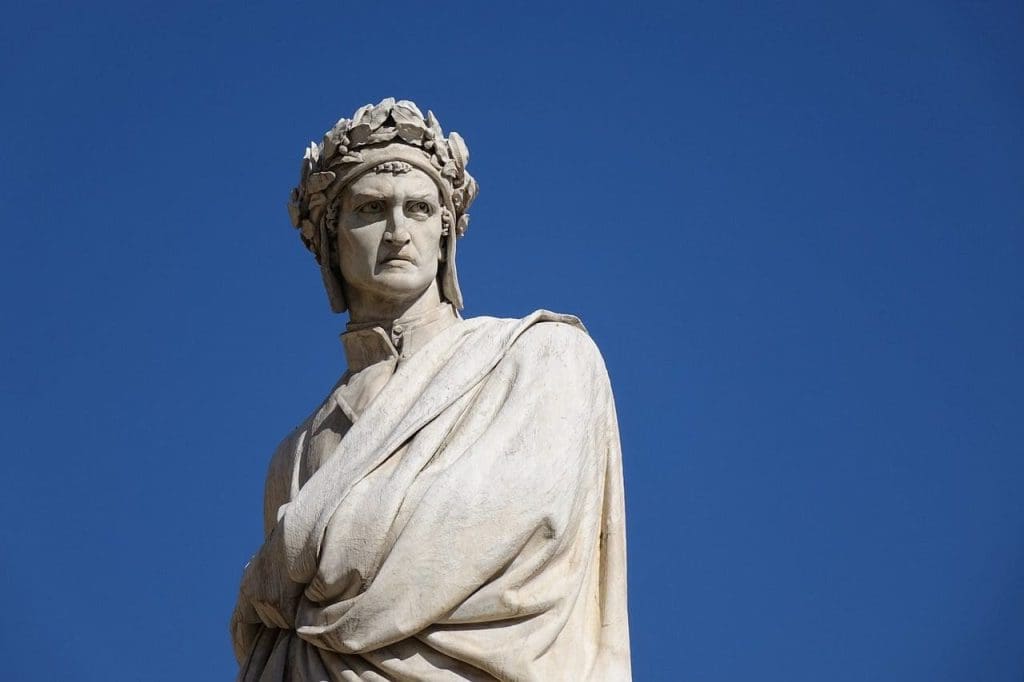
Considered the father of the Italian language, Dante Alighieri is best known for his epic poem, “The Divine Comedy.” This literary masterpiece not only influenced generations of poets and writers but also laid the foundation for the modern Italian language.
Niccolò Machiavelli:
A renowned political philosopher, Machiavelli’s seminal work, “The Prince,” is a practical guide to political power and leadership. His ideas continue to influence political thought and have earned him the title of the “father of modern political science.”
Humanism:
The Renaissance period also saw the emergence of humanism, an intellectual movement that emphasized the study of classical texts, the importance of human dignity, and the potential for individual achievement. Prominent humanists like Petrarch and Pico della Mirandola played a crucial role in shaping the cultural and intellectual landscape of Florence.
Florence’s Living Culture – A Modern Legacy
Florence’s rich cultural heritage is not just confined to its museums, galleries, and historical sites; it thrives in the city’s modern culture as well.
Traditional Craftsmanship:
The city is renowned for its artisanal workshops, where traditional craftsmanship is still practiced. From leather goods and jewelry to marbled paper and ceramics, these workshops preserve the artistic skills passed down through generations.
Tuscan Cuisine:
Florence’s culinary scene is steeped in tradition, with local trattorias serving up mouth-watering Tuscan dishes. Whether you’re indulging in a hearty ribollita or savoring a delicate pappa al pomodoro, the flavors of Tuscany will leave you wanting more.
Festivals and Events:
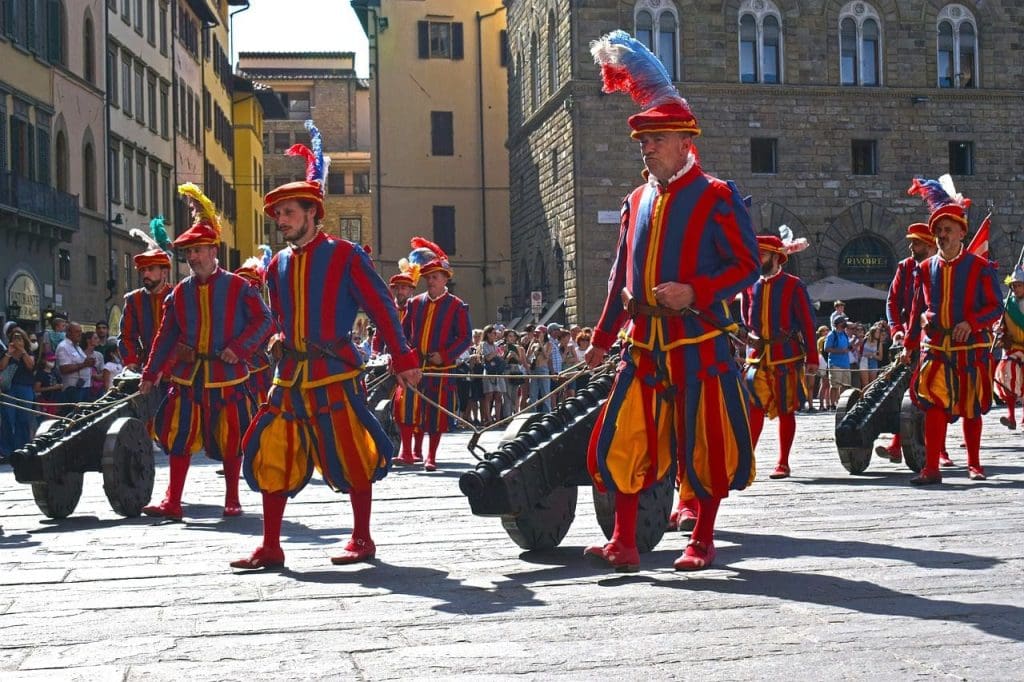
Florence comes alive during various festivals and events throughout the year, such as Calcio Storico, a historical football match played in traditional costumes, and Scoppio del Carro, an Easter Sunday event featuring a fireworks-laden cart. These events offer a unique insight into the city’s vibrant culture and traditions.
Conclusion
With its rich history, stunning architecture, and unparalleled artistic heritage, Florence is a city that deserves to be on every traveler’s Italy visa itinerary. As you wander through its streets, admire its masterpieces, and immerse yourself in its vibrant culture, you’ll soon discover why Florence is synonymous with the Renaissance and why it continues to captivate the hearts and minds of millions of visitors each year.
